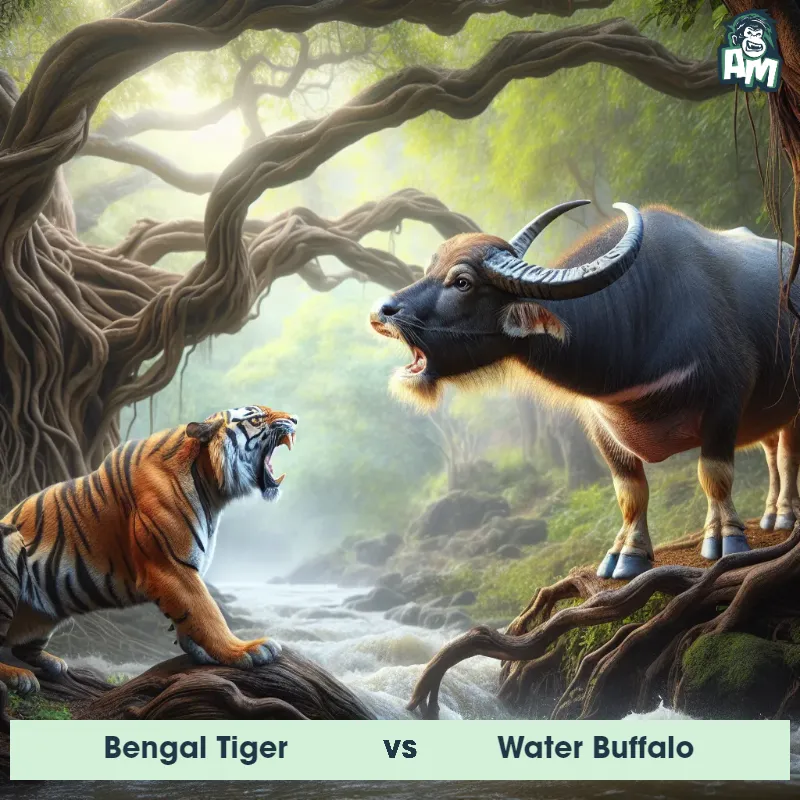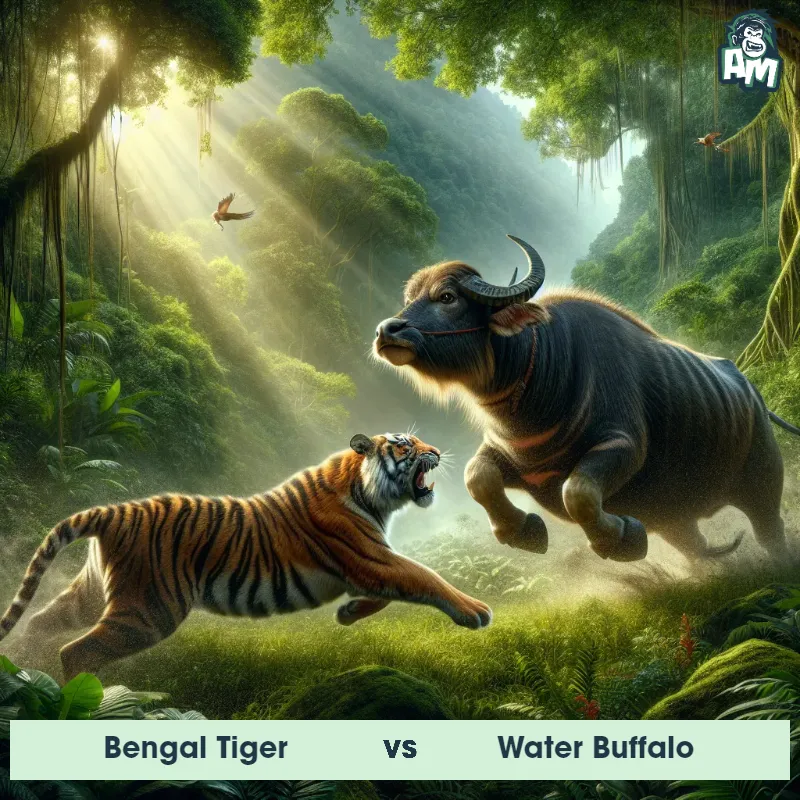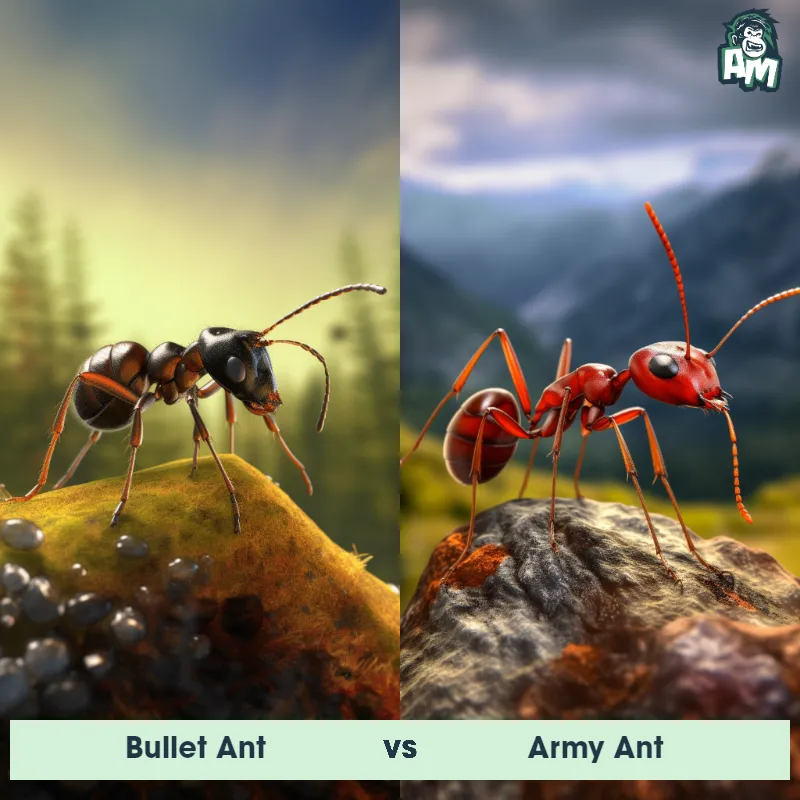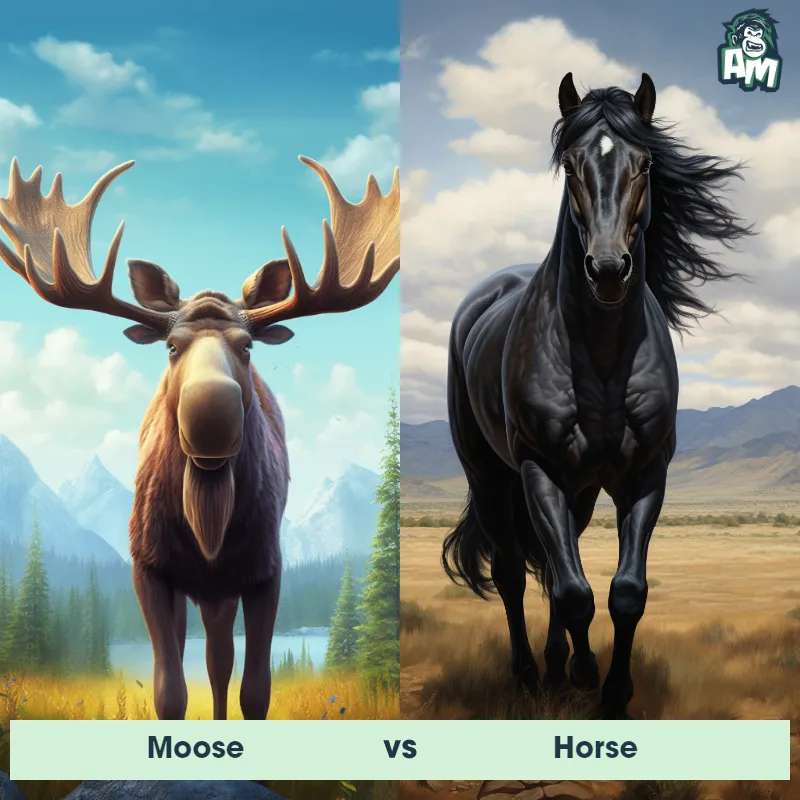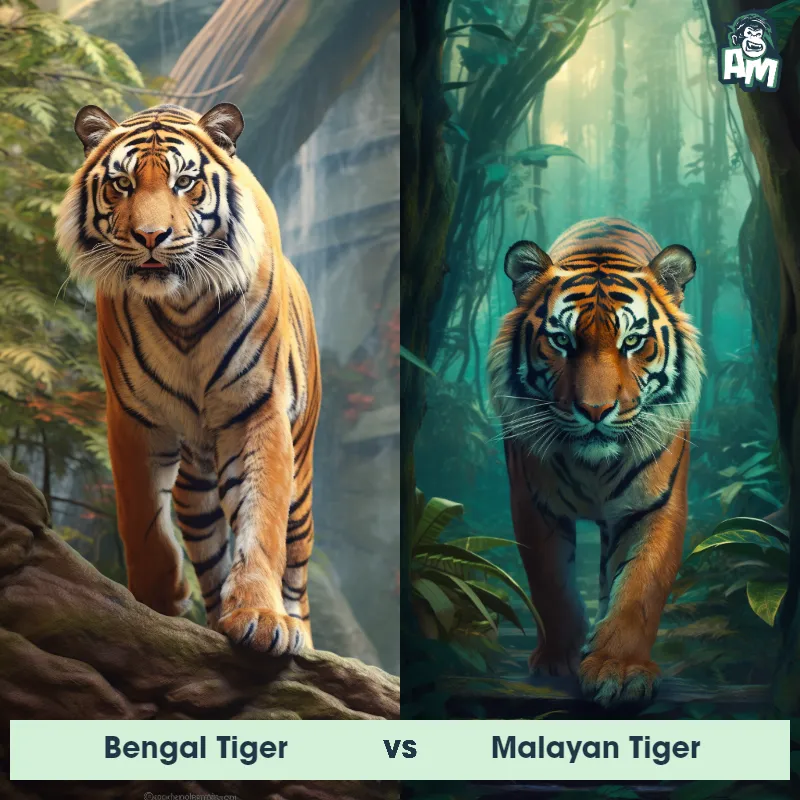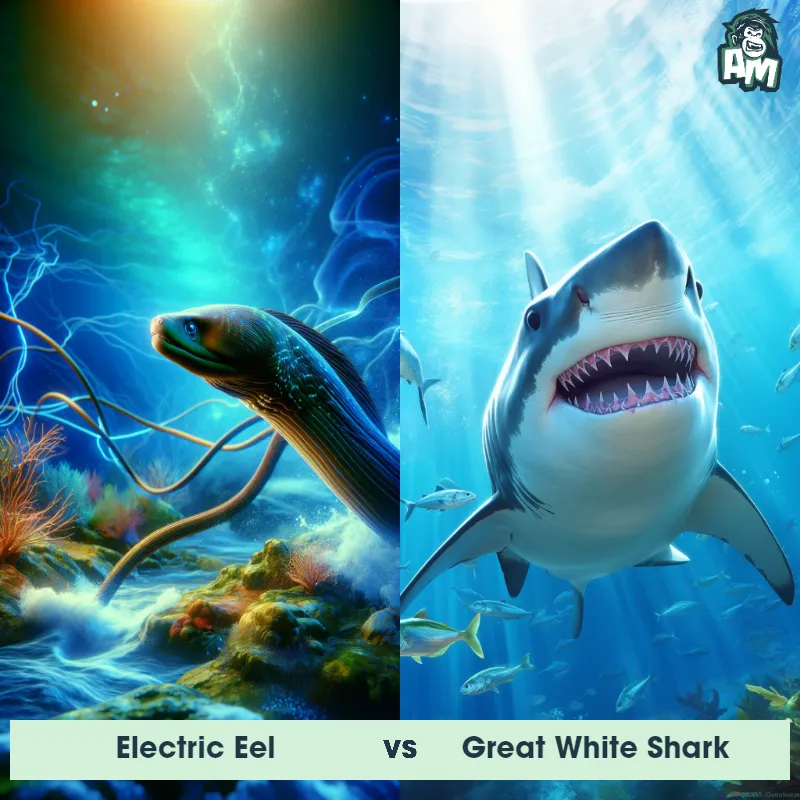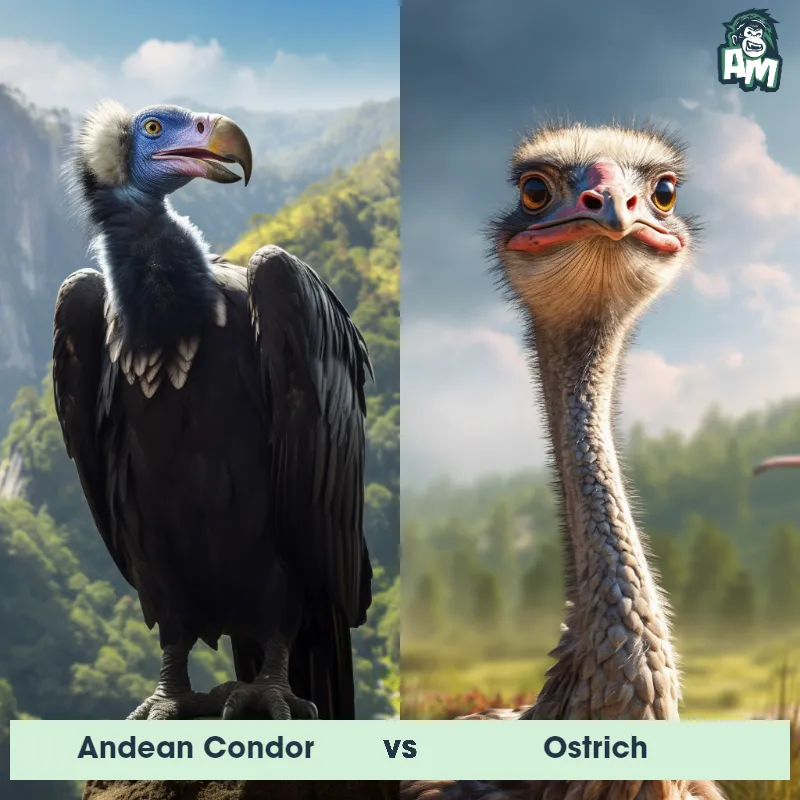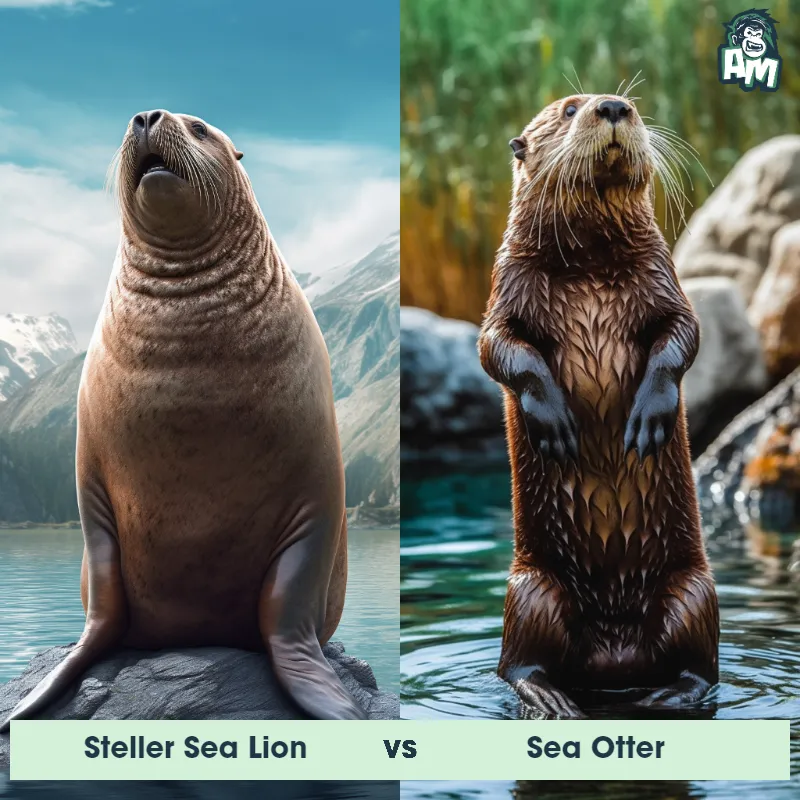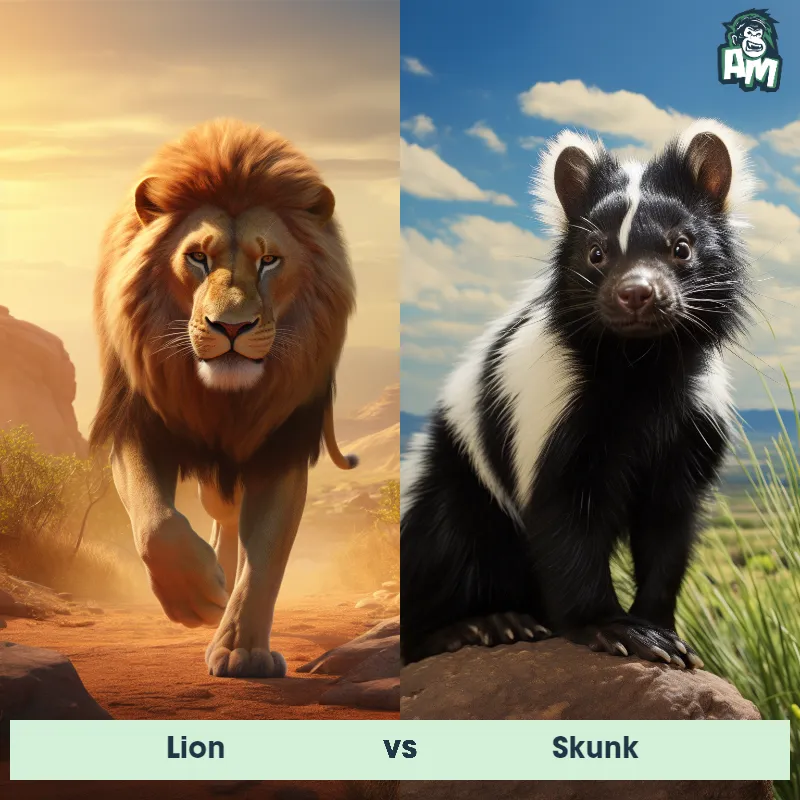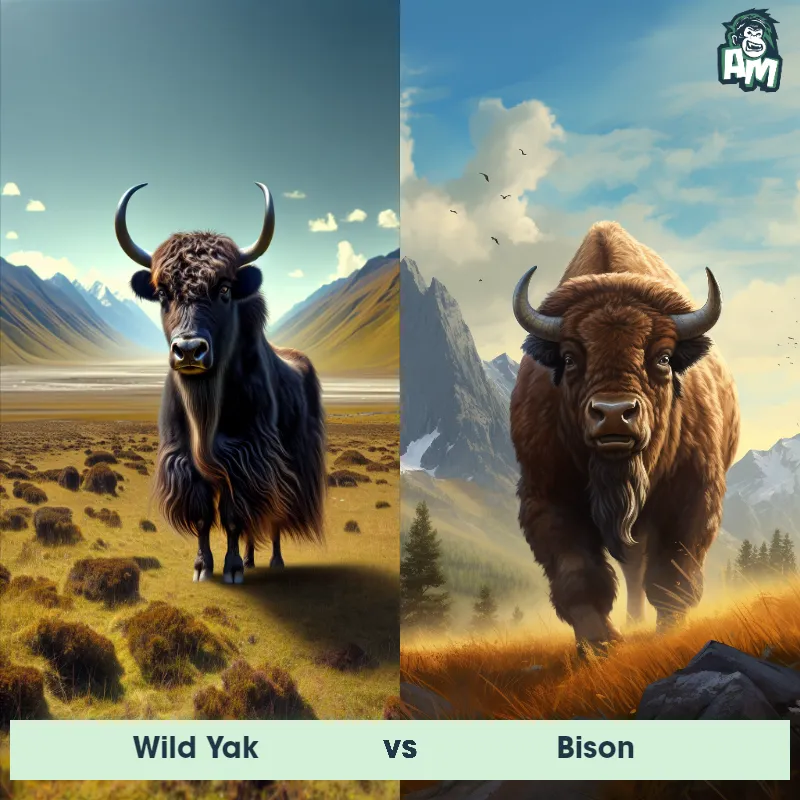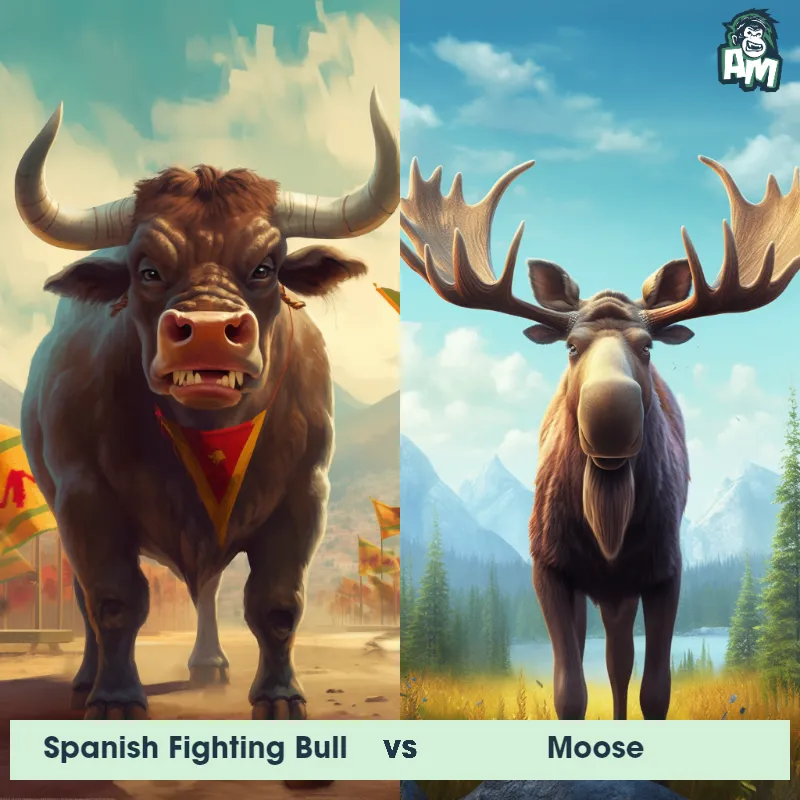Bengal Tiger vs Water BuffaloSee Who Wins
Ladies and gentlemen, welcome to this electrifying matchup between two of the fiercest creatures in the animal kingdom! In one corner, we have the extraordinary Bengal Tiger, known for its stealth and powerful physique. And in the opposite corner, we have the mighty Water Buffalo, revered for its sheer size and resilience. Get ready for an epic clash of nature's titans as they go head-to-head in this three-round fight!
Contender 1: Bengal Tiger
The Bengal Tiger, also known as the Royal Bengal Tiger, is a large and powerful carnivorous mammal native to the Indian subcontinent. They are known for their distinctive orange coat with black stripes, which helps them blend into their forest habitat. Bengal Tigers are apex predators and can weigh up to 500 pounds, with males being larger than females. They are solitary animals and are known for their strength, agility, and stealth.
Fun Fact: Bengal Tigers are excellent swimmers and are known to swim up to three miles at a time to hunt for prey.
Contender 2: Water Buffalo
The Water Buffalo, also known as the Asian Buffalo, is a large domesticated bovine that is commonly used for farming and transportation in many parts of Asia. They have a stocky build, with large curved horns and a thick, shaggy coat that ranges in color from black to gray. Water Buffalos are known for their strength and endurance, and can weigh up to 2,000 pounds.
Fun Fact: Water Buffalos are excellent swimmers and are often found in rivers and swamps, where they use their powerful legs to navigate through the water and graze on aquatic plants.
Matchup Stats
| Bengal Tiger | Water Buffalo | |
|---|---|---|
| Size | 3-3.5 feet (0.9-1.1 meters) at the shoulder | 5-6 feet (1.5-1.8 meters) at the shoulder |
| Weight | Up to 500 pounds (227 kilograms) | Up to 2,000 pounds (900 kilograms) |
| Speed | Speed: 35 mph (56.33 km/hr) | Speed: 30 mph (48.28 km/hr) |
| Key Strength | Powerful jaws and sharp claws | Powerful horns and strong body |
| Biggest Weakness | Vulnerable to attacks on the neck and back | Slow movement and limited agility |
Current Votes
Bengal Tiger vs Water Buffalo
See Who Wins
Match Highlights
View More Matches
Looking For More?
Similar Matches
Scientific Stats
| Bengal Tiger | Water Buffalo | |
|---|---|---|
| Scientific Name | Panthera tigris tigris | Bubalus bubalis |
| Family | Felidae | Bovidae |
| Habitat | Forests, grasslands, and wetlands | Wetlands, grasslands, and forests |
| Geography | Indian subcontinent, including India, Bangladesh, Bhutan, and Nepal | Asia, Europe, Australia, and North America |
| Diet | Carnivorous, primarily deer and wild boar | Herbivorous, primarily grasses and aquatic plants |
| Lifespan | 10 years - 16 years | 10 years - 25 years |
Key Differences between Bengal Tiger and Water Buffalo
- Body Shape: The Bengal Tiger possesses a slender and muscular build, adapted for agility and speed to pursue prey, while the Water Buffalo is larger and bulkier, designed for grazing and traversing marshy landscapes.
- Head Shape: The Bengal Tiger features a relatively small, rounded head adorned with prominent white markings around the eyes, whereas the Water Buffalo possesses a larger and more elongated head shape.
- Coloration: The Bengal Tiger displays a striking orange or tan coat with black stripes, perfectly suited for camouflage in its forest habitat, whereas the Water Buffalo showcases a dark gray or black coat with a lighter underbelly.
- Size: The Bengal Tiger is significantly smaller compared to the Water Buffalo, with adult tigers weighing between 300 to 500 pounds, while adult water buffalos can exceed 1,500 pounds.
- Horns: Male Water Buffalos have large, curved, and prominent horns that can span up to six feet from tip to tip, which are absent in the Bengal Tiger.
- Tail: The Bengal Tiger has a long and powerful tail used for balance and communication, often with a white tip, while the Water Buffalo's tail is shorter, narrower, and lacks any distinctive markings.



